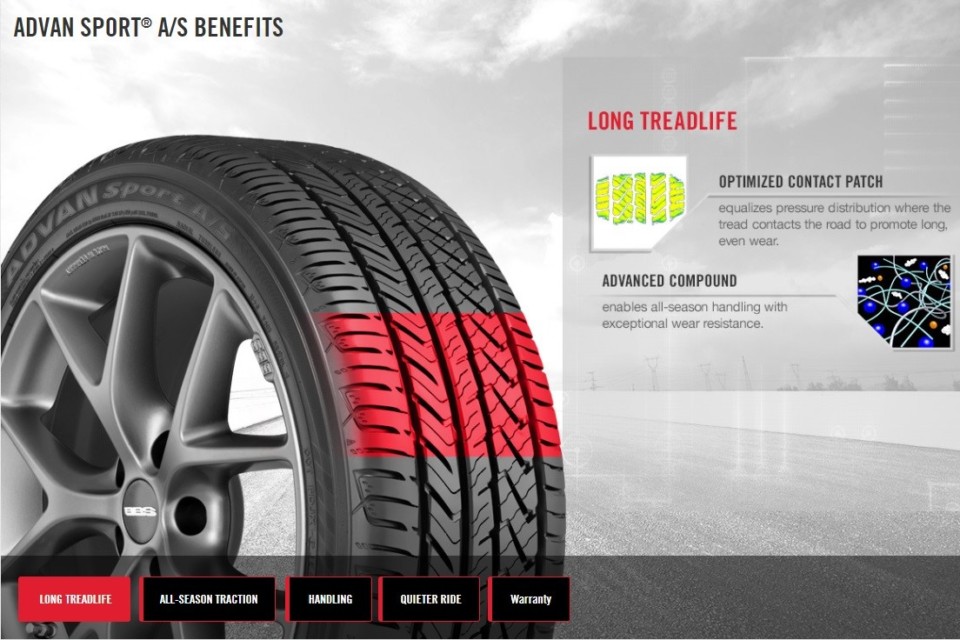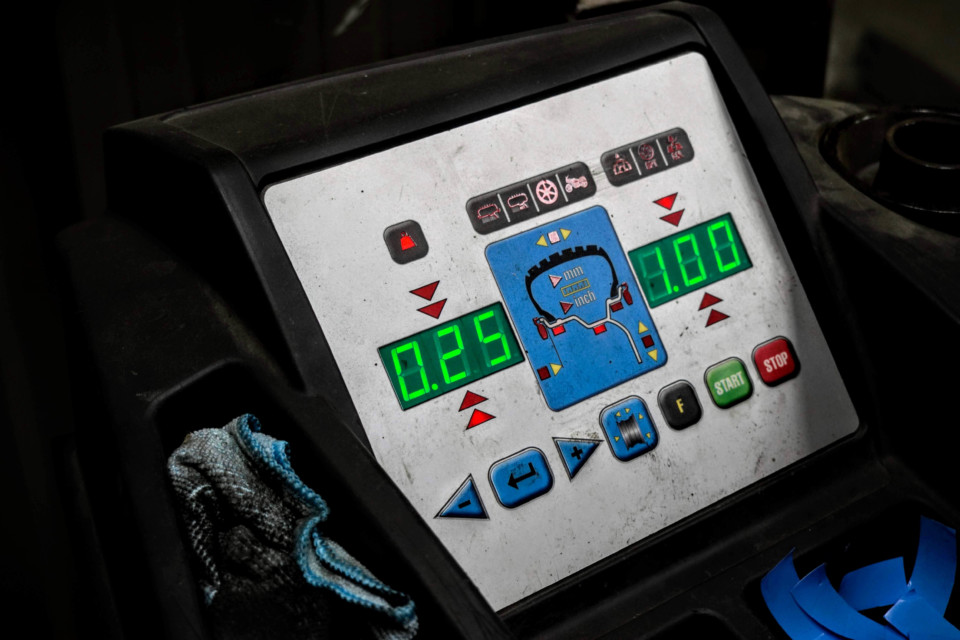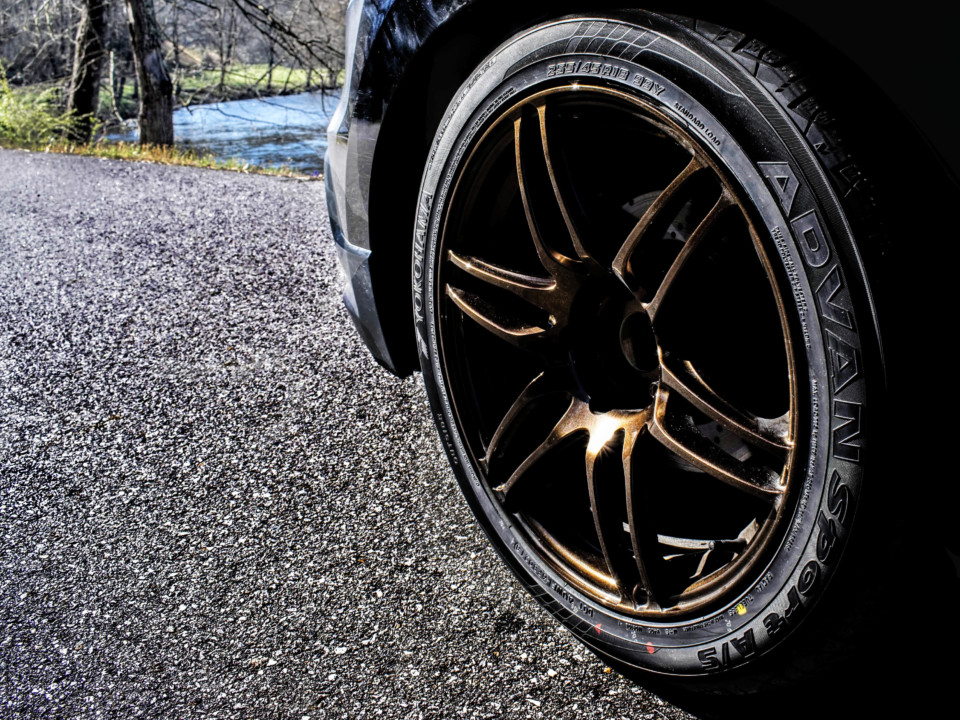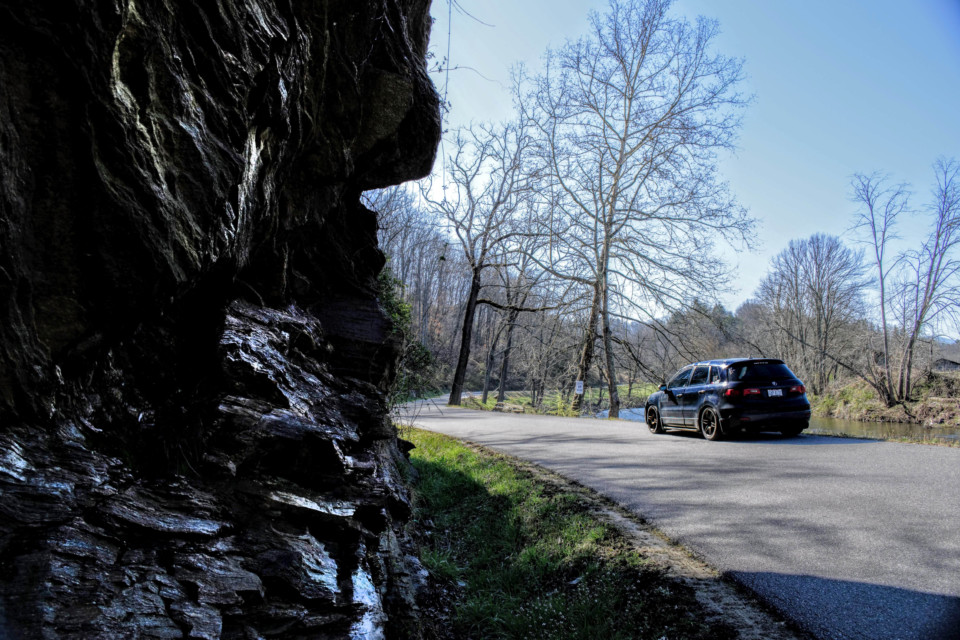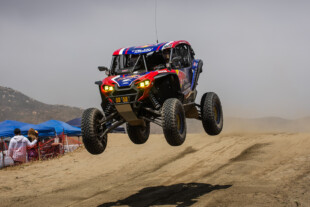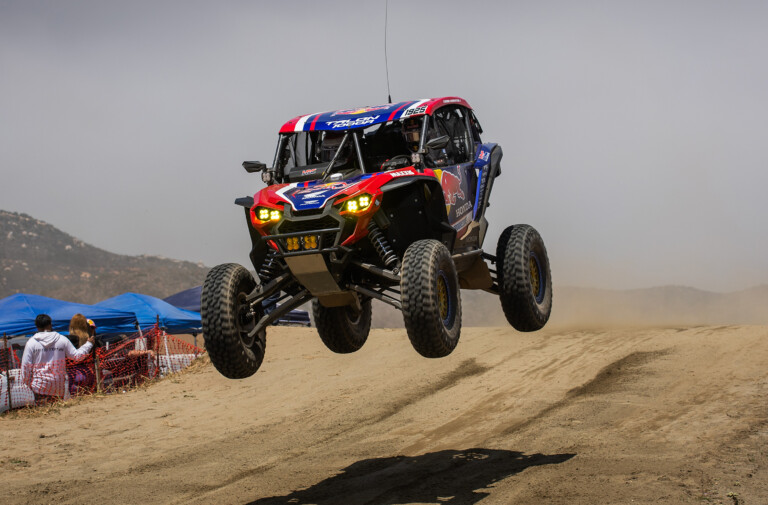It’s been a temperamental winter in Cincinnati, Ohio. From frigid, -20°F wind chills, to sunny 60 degree days, we’ve received the gamut from Mother Nature this season. So with such extreme shifts in climate occurring on almost a weekly basis, the need for a tire that can be grippy in the slick stuff while still offering outstanding dry handling became blatantly apparent.Enter the Yokohama ADVAN Sport A/S tire.
The ADVAN Sport A/S is an affordable ultra high-performance all-season offering, engineered from the ground up to give drivers the best of both worlds. Whereas all-season tires used to be referred to as “all-compromise compounds” by many enthusiasts, that’s not entirely true nowadays. Granted, the over-saturated playing field still has some poor performers. However with a significant investment in design and materials engineering, producing an all-season ultra high-performance compound that operates as promised is achievable.
https://
Almost four years and 35 size additions later, and the brand’s determination to make an all-round performance tire for any season seems to have payed off. Almost every reputable tire distributor and online review gives the ADVAN Sport A/S a ⅘ star average, and with that in mind, it only seems befitting that we should give them a spin.
Having tested multiple sets of all-season tires on my modified first gen Acura RDX over the years, I can attest that having year-round rubber is no longer as much of a compromise as one might remember. Recent advancements in the 3-D design process, engineering techniques, testing procedures, and materials used have turbocharged the tire game. While sticky rubber wrapped around wider wheels is still best for summer months, and dedicated winter tires will always produce the best results in snow, it is fascinating to witness the way in which the gap between the two continues to close.
The ADVAN Sport A/S delivers great performance year round. A combination of serpentine and straight grooves evacuate water from within the tread and enhance wet grip. Optimized contact patch equalizes pressure distribution to promote long, even wear – Yokohama Tire Corp.
In order to see how Yokohama’s highly acclaimed offering measures up, I outfitted my turbocharged test mule with ADVAN Sport A/S tires in a 255/45R18 size. With tires mounted atop freshly powder coated, 18 x 9” Wedsport SA-60M wheels, I began plotting my 1,000 mile round-trip peregrination to Asheville, NC via a series of challenging Appalachian mountain roads.
But before I could even hit the highway, Yokohama’s ADVAN Sport A/S tires were already producing impressive results. During mounting it had become apparent that the maximum amount of balancing weight required was a minuscule 1.5-ounces, with the best tire receiving a minute half-ounce.
Killer Koatings, the powder coat company that handled installation, was flabbergasted by this fact. Apparently, this sort of balancing act is more akin to something one might see on an ADVAN Neova AD08R or a dedicated track tire. Add in the fact that these tires look quite nice from a sidewall perspective, with nary a molding casting flash to be seen, and our Yokohama ADVAN Sport A/S rubber received rave reviews from the guys who mount and balance hundreds of tires each year.
With 35psi at each corner, and a tank full of premium on board, I pushed south toward Knoxville, as a late wintry mix pushed into the region. Cruising along the interstate it immediately became clear that not only were my new Yokohama ADVAN tires notably stickier than the Falken ZE950 A/S rubber they replaced, but were far quieter to boot.
Yokohama’s sales pitch for this product is, “You want the maximum all season performance in a tire. You got it.” and right off the line the promise of superior ride comfort could immediately be detected. Connected yet cushioned, the feel provided in the dry at high speeds is the equivalent of gripping the hilt of a sword that has been wrapped in fine silk. Smooth and borderline silent, the brand’s 4-pitch tread variation performs as advertised via the use of varying tread blocks, earning the ADVAN Sport A/S top marks for both cruising and low speed comfort.
Kicking down a gear (or two) and carving through the mountains of Pigeon Forge in sport mode, I stabbed eastward, sizable tire shoulders grabbing hold of as much pavement as possible along the way. For those of you who are unfamiliar with the platform, pushing the first gen RDX into a corner with force will result in Acura’s torque vectoring SH-AWD system to kick into overdrive. Coupled with the rigidity found within the Yokohama ADVAN Sport’s central beltline, and lateral footing becomes damn near outstanding, even in the wet. Yokohama informs us that this reinforced line of blocks directly behind the outside shoulder not only adds rigidity when cornering, but also provides additional sound-deadening perks due to its unique width.
With precipitation turning into more of a slushy mix, I turned toward the other portion of the grip puzzle, as random snowflakes gave way to torrential downpours. By utilizing a blend of advanced polymers in order to keep the tread pliable during colder months, then adding a plethora of extra silica to the mix for additional grip, Yokohama has concocted a chemical compound that seems to thrive in wet environments. While there were times when the car was obviously searching for grip, it was only for a split second, and under heavy acceleration from a stop in wet conditions.
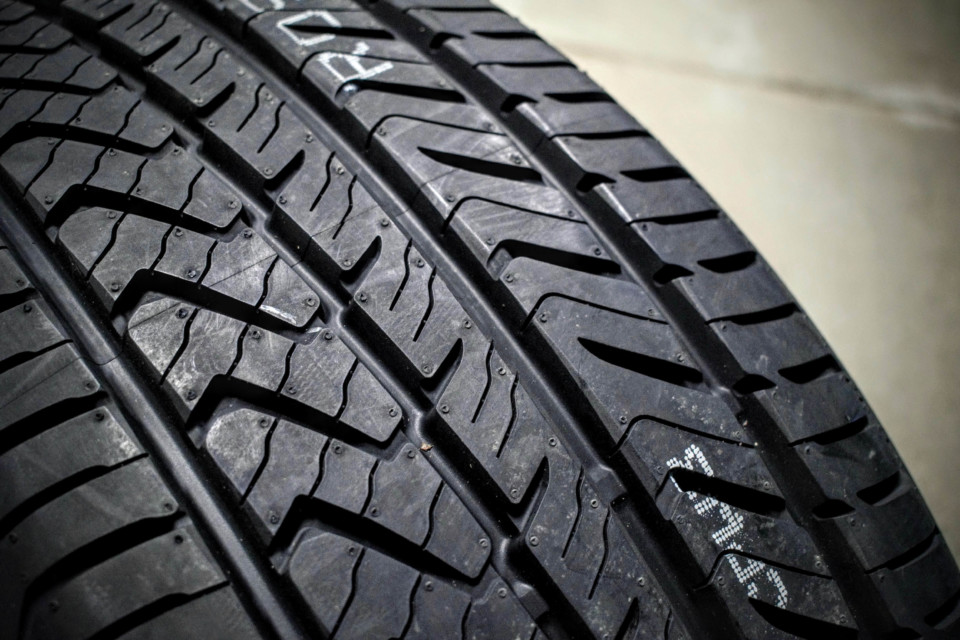
it’s the implementation of three straight grooves that channel water out of the ADVAN Sport A/S tread, while a serpentine groove provides additional grip in the snow. There is also a series of wavy sipes for added confidence in the wet, with z-grooves doing the same for snow traction. These design and material advancements proved to be extremely beneficial, with straight line speeds remaining unaffected by standing water, thus allowing me to hold a firmly set line when cornering.
Speaking of standing water, it’s the implementation of three straight grooves that channel water out of the ADVAN Sport A/S tread, while a serpentine groove provides additional grip in the snow. There is also a series of wavy sipes for added confidence in the wet, with z-grooves doing the same for snow traction. These design and material advancements proved to be extremely beneficial, with straight line speeds remaining unaffected by standing water, thus allowing me to hold a firmly set line when cornering.
Returning to Cincinnati a few days later, the weather could not have been any more different. With temps hitting 65°F, and sunshine on my shoulders, I pushed deep into the twisting side roads outside of Gatlinburg, as I tested the dry side of the Yokohama ADVAN Sport A/S.
While track testing this tire back-to-back with something like the aforementioned ADVAN Neova AD08R would surely illuminate the Sport A/S model’s weaknesses, I found little to dislike with the way in which the all-season version performed in the dry. Snaking down mountain passes and blasting around carousels, road noise within the RDX remained pleasantly muted, as grip increased with each bump in tire temp. Braking, acceleration from a standstill, and absorbing bumps with grace, these tires consistently delivered under duress, a worthy addition to any road trip
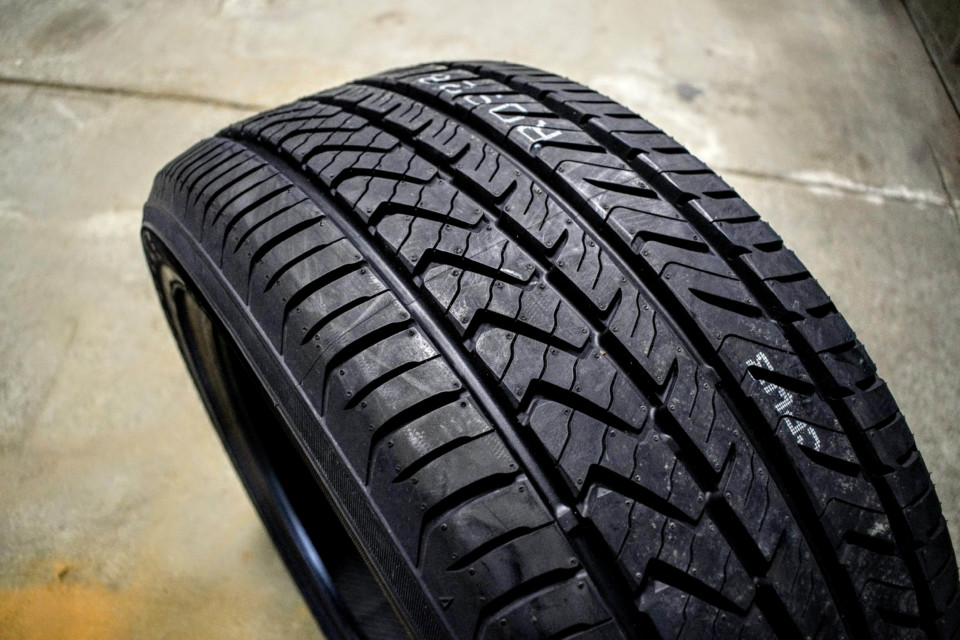
Other specs worth noting are the ADVAN Sport’s treadwear mileage warranty, which tops out at 50,000 miles on W- and Y-speed rated models. These tires also feature a multidirectional design, and sport a unique extended sidewall reinforcement that sits high up in order to deliver enhanced handling, further permitting the 4-pitch tread variation to reduce pattern noise.
Starting at just a fuzz above $100 and running around $170 a pop in this specific size configuration, the Yokohama Advan Sport A/S is a bargain and then some if all-season driving confidence is what you seek. While slogging through snowy embankments will likely have to wait until next winter, these tires have delivered the goods and then some in both the dry and the wet regardless of speed or cornering trajectory. So stay tuned, as we plan to update this review with driving impressions during the warmer months of the year, and look toward testing these tires in the snow once they’ve seen some abuse over summer.



